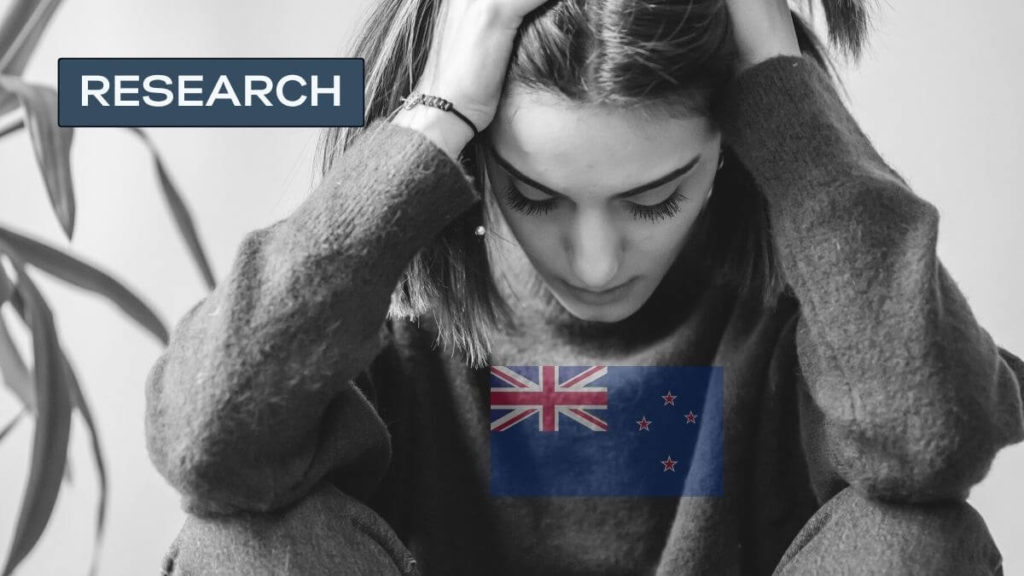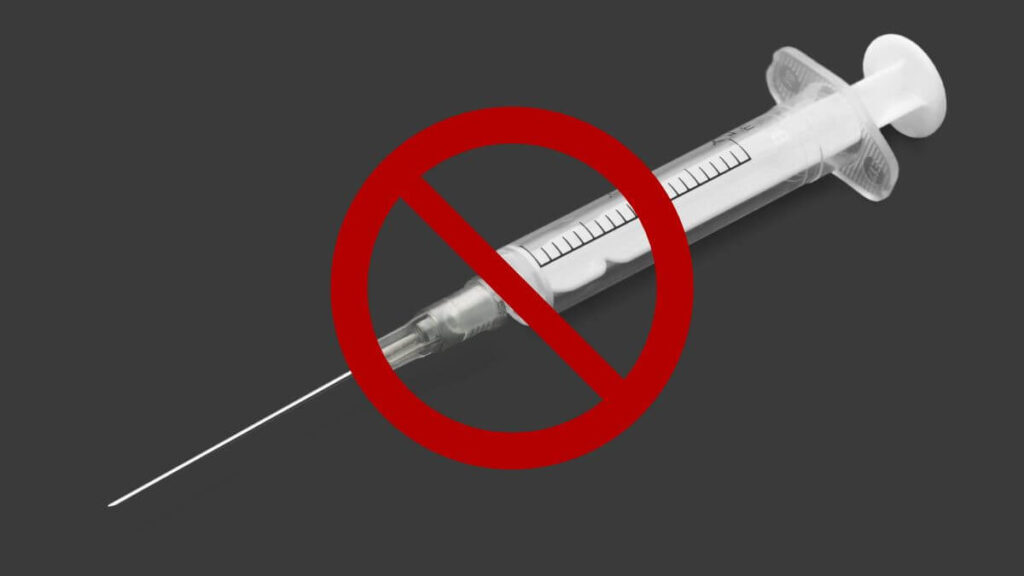Family First’s latest report Child and Youth Mental Health: why New Zealand’s young lead the developed world in poor mental health uncovers data from a number of public service and academic papers that would never otherwise see the light of day.
In exploring UNICEF’s 2020 ranking of NZ as last in 38 developed countries for child mental well-being, report writer Lindsay Mitchell says some of the facts she uncovered surprised even her.
“For instance, confirming NZ leads the world in teen suicide was sobering enough, but to discover that 22% of surveyed children who have had contact with Oranga Tamariki (OT) had attempted suicide within the last 12 months was, to use Victoria and Auckland University researcher’s own description of this incidence, ‘alarming’. For Māori, the proportion increased to 29 percent.
In another evaluation report, OT describes Family Start service providers – who work with pregnant women and mothers with young children – telling them, ‘…the alcohol and drug issue is prolific/increasing’ and how one provider ‘is developing a map of local methamphetamine or ‘P’ labs to help keep their workers informed of safety risks.’
A research team from the University of Auckland which studied substance use during pregnancy reported, ‘Māori women are more likely to use Meth intravenously, which predicts poorer neurobehavioural outcomes for infants at 24 months of age … Māori may be less likely to seek help for substance use problems due to normalisation of use within whānau…’ The same researchers claim that, ‘a quarter of expectant mothers drink at levels likely to be harmful to the developing embryo before realising they are pregnant.’ ”
Alcohol, cannabis, meth and opiates cross the placenta and impact fetal development. The risks of developing mental disorders are higher amongst exposed babies. This environment marks the beginning of elevated risk. Adverse childhood experiences (ACEs) such as family violence, transience, multiple maternal relationship changes, which can trigger negative neurological responses accumulate as they grow to adolescence.
“Victoria University researchers found that NZ youth self-harm at significantly higher rates than those in other developed countries, reporting, ‘between a third and a half of our young people hurt themselves before they leave school. In the international context, this is a lot – on average, about 20% of young people around the world hurt themselves.’
Two international surveys – PISA and TIMS – found NZ rates of bullying are the highest in the OECD, while the Growing Up in New Zealand longitudinal study recently reported that over 200 children (4 percent) were being ‘hit or hurt’ almost every day.
Too many New Zealand children grow up with mayhem and material deprivation blighting their lives. But that’s not all. There is a second group affected by more recent developments such as social media-driven poor self-image, heightened sensitivity to parental and/or peer pressure, parental separation, fear of failure, climate change anxiety and confusion over sexual and gender identity.
Unfortunately, the many statistics collected from the New Zealand Health Survey, Mental Health and Addiction Services monitoring reports, Pharmac, DHBs, various longitudinal studies, Oranga Tamariki, MSD and Youth 2000 surveys confirm significant upward trends in mental disorders and the consumption of antidepressants and antipsychotics.”
The report explores what has changed in NZ and wider contemporary society.
Mitchell concludes; “A reversal of this upward surge demands a wider appraisal and acknowledgement of societal changes that have lessened the likelihood that children will experience material and emotional security and stability throughout their formative years. If children were genuinely placed at the centre of the family, given time, given unconditional love, given space to explore but surety to return to, there may still be no guarantees. But the odds of that child developing good mental health will massively increase.”




